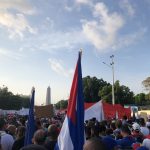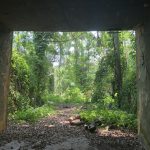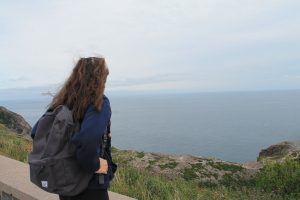We all have seen music videos, whether we found them on Youtube, on Facebook, or seen them featured on MTV: The Original Music Video Screening Program. If any of you love music as much as I do, we don’t always need a video to go along with a song in order to understand what it means. But sometimes it is refreshing to see what goes on in the entertainer’s mind when they create their music and what story they are trying to tell.
I explored the history and rationale behind MTV and the music video, and decided that they were revolutionary to music culture on a global and basically universal level, but they most definitely made some controversial mistakes along the way.
MTV was a powerful invention in the world of music, and brought a new outlook and challenge to the industry. Although it exposed the world to the music video and their artists, it was ultimately wrong in the initial segregation of the racial differences of the world’s artists. MTV was introduced in 1980, but the music video itself originates from an earlier time, where it was much less successful due to only occasional airings on weekly pop shows on TV stations around the world. There was a shift in the dynamic of music culture; An artist had to be married to the presentation of their song and the song itself, and had to create an engaging way to portray a story in order for the video to be a success. There was a second British Invasion with a new wave of bands from England on MTV, which all seemed to be at a higher caliber than the music in the US.
These artists cast a shadow over the “underground” and “soulful” music of the United States, and many talented African Americans weren’t featured on the programs. There was a fear of conservative, white Americans’ disapproval of “coloured people” being shown on TV, nevertheless being celebrated and listened to. The producers of MTV didn’t want to shock the audiences with “black music” and their talents. All in all, the raw American music was extremely underrepresented and huge artists like Michael Jackson could barely get featured on MTV. He was the Man of the eEighties, and when MTV finally aired his songs, they realized he was the artist that their program didn’t know they needed. He, along with many others, started a revolution for black artists on MTV, and gave a much wider variety of musicians the opportunity to show what they had to offer on TV and in their music.




















